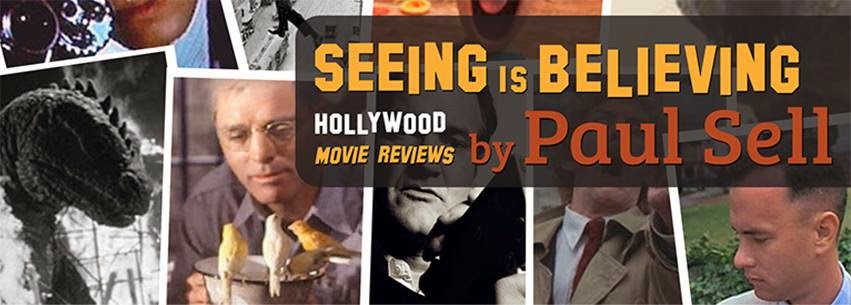Here is one of the initial problems of criticism of the arts: it’s almost entirely subjective.
When you watch a comedy that makes you genuinely laugh out loud, that’s your own personal experience with that film. To you, that’s an effective comedy and you had an enjoyable time. Someone else could watch the same film, and never laugh once, and to that person the film wasn’t funny and they didn’t enjoy themselves.
As such, how can a critic rate his single experience and explain it to others as if they’re trying to describe how it will work for others? Everyone has different tastes and preferences. What maybe enjoyable to some could be unbearable to others and vice versa.
So how can a critic review something when it’s just their subjective viewpoint? The answer is to embrace that.
A critic should know that what they’re saying in their review is nothing more than their opinion. If it’s a weak opinion with no support or basis, then suddenly it’s a review that becomes unnecessary and bland. When a critic is passionate and heartfelt about what they’re saying, suddenly their opinion has power. People are interested in what you have to say just because of how much passion is behind the words.
